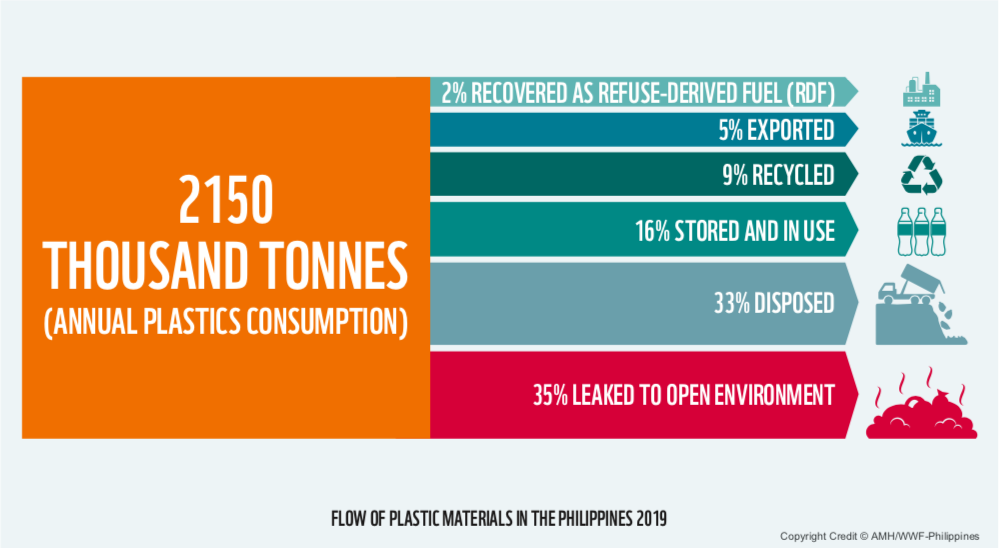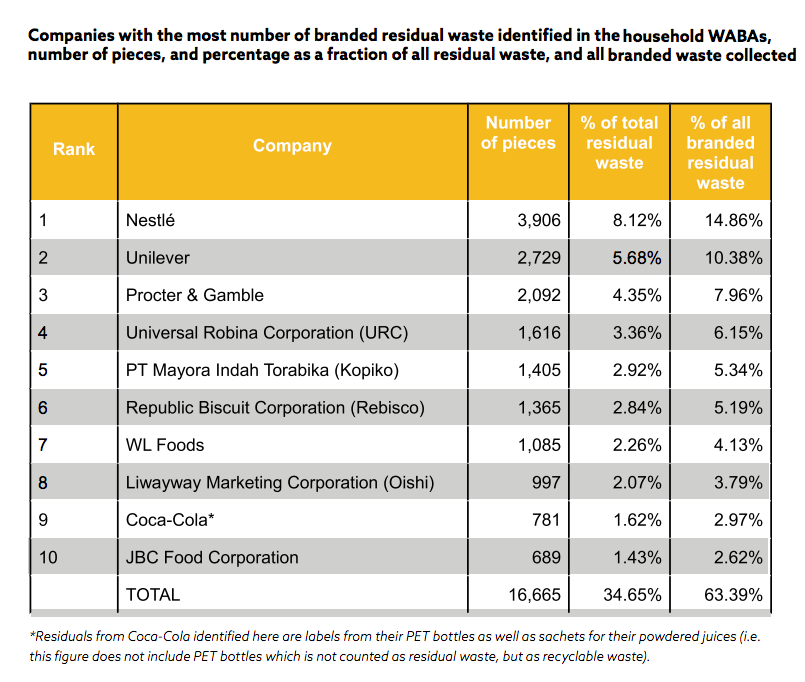

“Single-use plastics [are] packaging or other consumer products that are thrown away after one brief use, are rarely recycled and prone to being littered.”
- European Commission
“Single-use plastics, often also referred to as disposable plastics, are commonly used for plastic packaging and include items intended to be used only once before they are thrown away or recycled. These include, among other items, grocery bags, food packaging, bottles, straws, containers, cups and cutlery.”
- United Nations Environment Programme
“Plastics, conventionally made of petroleum or fossil gas, can remain in the environment for hundreds of years. Unlike other substances, most plastics do not biodegrade; instead they slowly photodegrade, and in the process break down into small plastic fragments that can easily be taken up by plankton and other organisms where they can accumulate in body tissues.”
- Mission of the European Union to ASEAN and ASEAN Secretariat
“Single-use plastic products refer to plastic products designed to be disposed, destroyed, or recycled, after only one use.”
- House Bill 9147 “Single-Use Plastic Products Regulations Act”
Background
Single-use plastics (SUPs) embody the throwaway culture in our modern society that has been proven harmful to the environment and human health for causing pollution of water bodies and death or injury to marine organisms, blockages in our drainage and waterways, and release of toxic gases when burned or from the production and transportation of plastic products.
Plastics have exceedingly long lifetimes, with ordinary plastic bottles having an average lifetime of 450 years, while others taking up to more than a century. They do not biodegrade, rather, break down under the action of weather, sun, and waves into tiny particles called microplastics, which are consumed by fish, thus entering into human food chain.
Unnecessary Single-Use Plastics
Plastic cups (lower than 0.2mm in thickness);
Plastic drinking straws;
Plastic coffee stirrers;
Plastic spoons;
Plastic forks;
Plastic knives; and
Plastic labo and thin-filmed sando bags (lower than 15 microns).
Source: National Solid Waste Management Commission (NSWMC) Resolution No. 1363 (s. 2020)
Plastic Pollution in the Philippines
Various studies report about the alarming state of plastic pollution in the Philippines, particularly of the country’s high percentage of plastic leakage into the ocean and open environment and disposal into landfills.
The Ocean Conservancy and McKinsey Center for Business and Environment in 2015 cited the Philippines as one of the top sources of plastic trash dumped into the seas, with 2.7 million metric tons of plastic waste and half a million metric tons of plastic waste leakage per year. The study also estimated that between 70-90% of the illegally dumped waste ultimately ends up in our waterways.
In 2019, the World Wide Fund for Nature (WWF) Philippines conducted a comprehensive and scientific assessment and material flow analysis of plastic packaging waste in the country. It revealed that, of the 2.15 million tons of the country’s plastic consumption, 760 thousand tons or 35% are leaked to the open environment, while 706 thousand tons or 33% are disposed to landfills and dumpsites.

The study by the Global Alliance for Incinerator Alternatives (GAIA) in 2019 also revealed that the Philippines consumes 164 million pieces of sachets daily, equating to around 59.7 billion pieces of sachets yearly.

The average Filipino uses 591 pieces of sachets, 174 shopping bags, and 163 plastic labo bags yearly. Plastic labo bag use throughout the Philippines is at 45.2 million pieces per day, or 16.5 billion pieces a year. And around three million diapers are discarded in the Philippines daily, or 1.1 billion diapers annually.

More than just a waste management problem, single-use plastics, or plastics in general, are a serious concern for the climate because of the burning of fossil fuels from the production and transportation of plastic products.
“The plastic and petrochemical industries’ plans to expand plastic production threaten to exacerbate plastic’s climate impacts and could make limiting global temperature rise to 1.5°C impossible.”
In the 2019 report by the Center for International Environmental Law called “Plastic & Climate: The Hidden Costs of a Plastic Planet”, it stated that if plastic production and use grow as currently planned, by 2030, these emissions could reach 1.34 gigatons per year—equivalent to the emissions released by more than 295 new 500-megawatt coal-fired power plants. By 2050, the greenhouse gas emissions from plastic could reach over 56 gigatons, which is 10-13% of the entire remaining carbon budget.
6th Floor, First Residences Bldg.
1557 J.P. Laurel Street,
San Miguel, Manila
Philippines
Email: [email protected]
Phone: (632) 8353 8494


All content is in the public domain unless otherwise stated
All content is in the public domain unless otherwise stated
All content is in the public domain unless otherwise stated